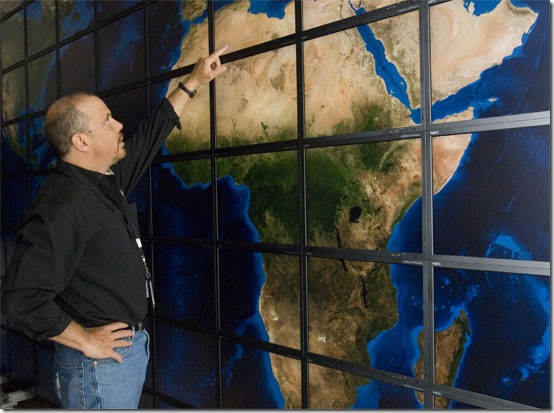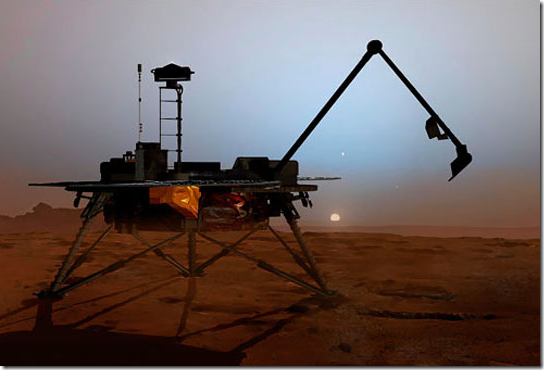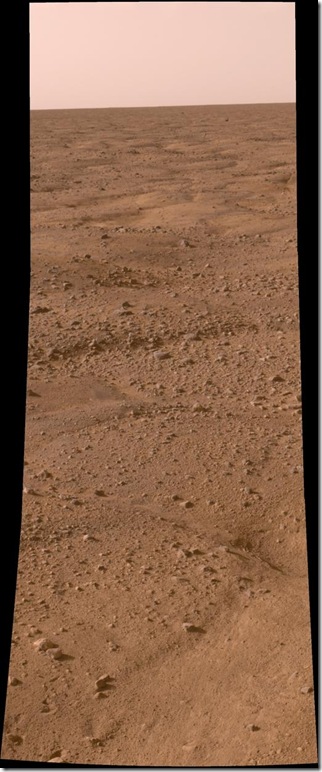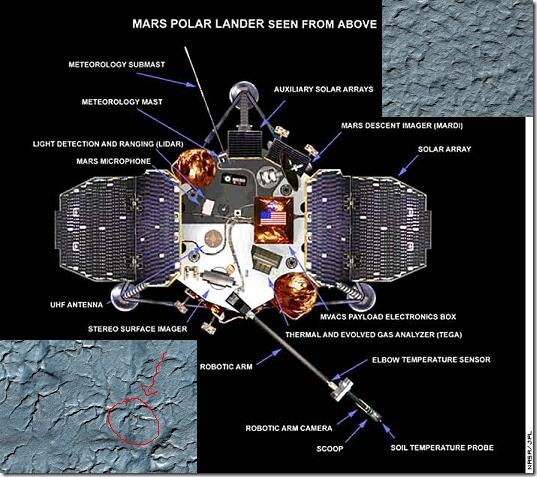
NASA has shown its latest cool toy, the Hyperwall 2, and I want one. The wall of visual delight is the world’s highest resolution visualization system, a 128 screen display capable of rendering a quarter billion (with a “B”) pixel graphics. Of course, it’s not just detailed, it’s also big,coming in at 23 feet wide by 10 feet tall.

NASA will be using the impressive display wall to:
“view, analyze, and communicate results from NASA’s high-fidelity modeling and simulation projects supporting the safety of new space exploration vehicle designs, atmospheric re-entry analysis for the space shuttle, earthquakes, climate change, global weather and black hole collisions.”
Nice, you could step back and see the whole picture, or walk up close and see the details, a feat not possible with a simple projection system that ends up stretching the dots to fit the size. The wall can also be segmented to show different activities on different parts of its display, or each of the 128 screens can be independent. Did I mention that I wanted one?
via



